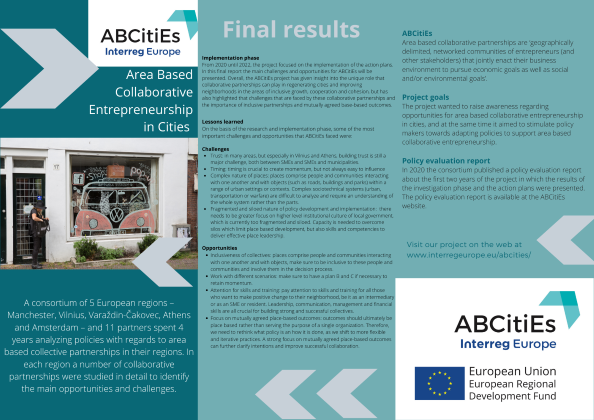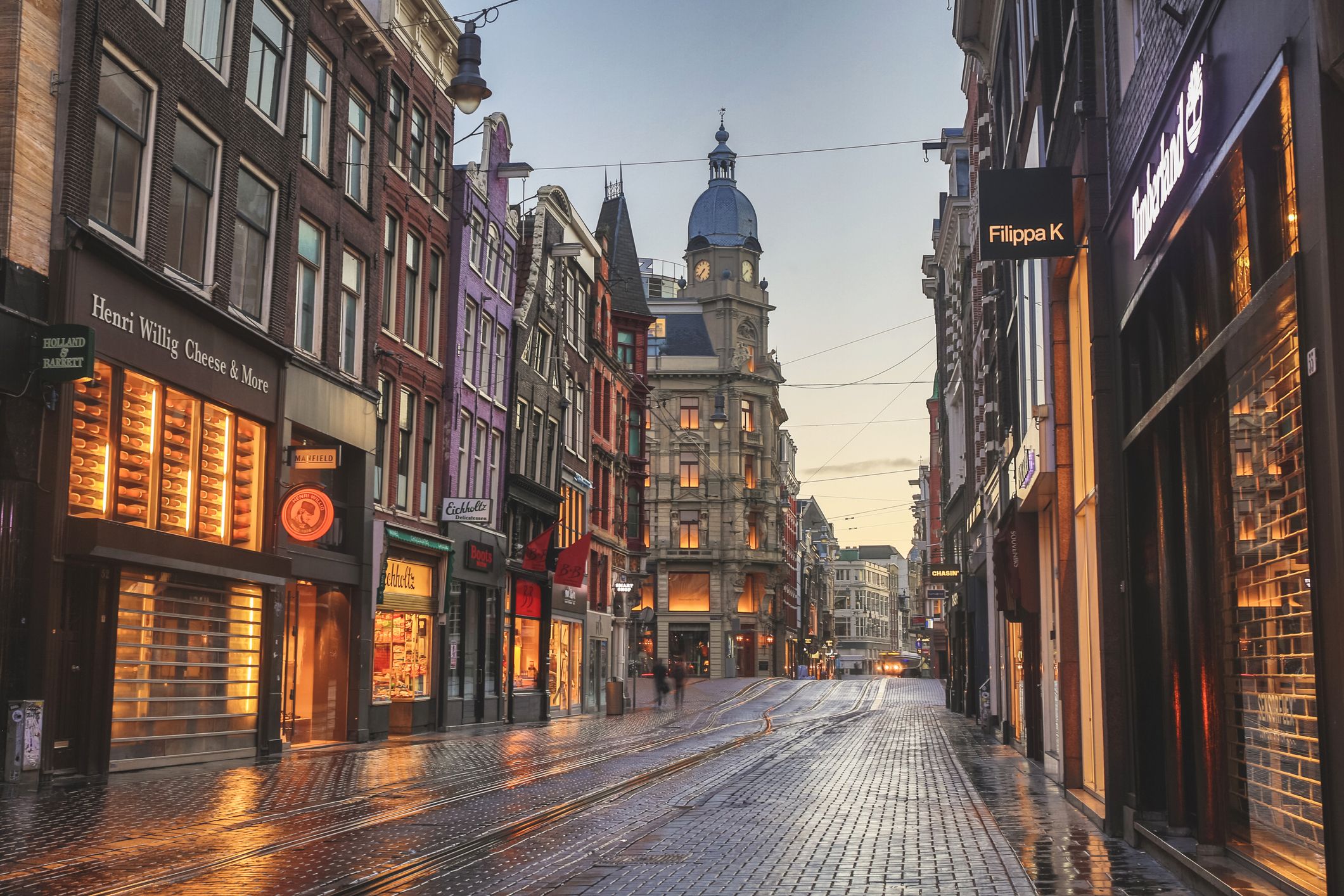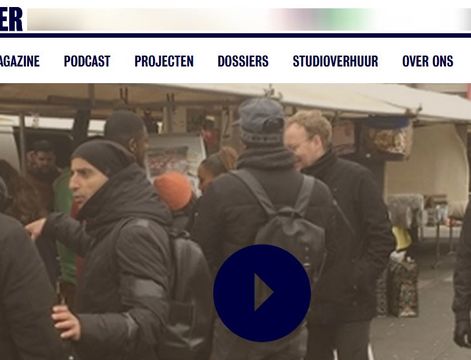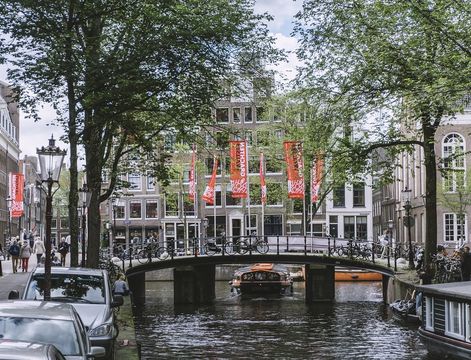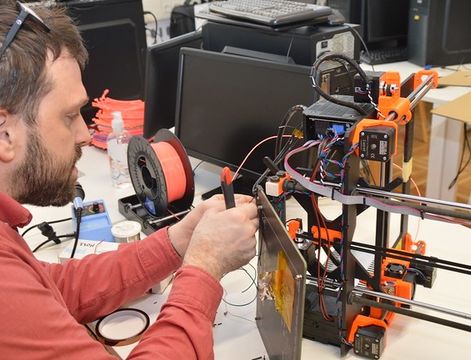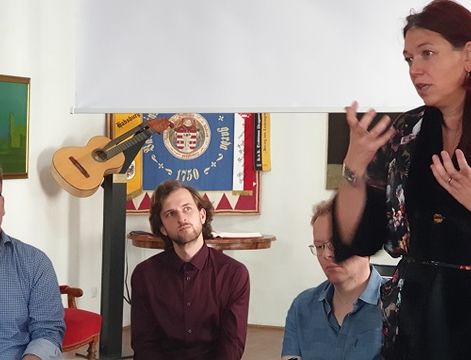The Wibautstraat and Weesperstaat are the most prominent exceptions. The two four-lane streets stand out in the otherwise intimate streetscape of Amsterdam and have therefore gained a lot of - unfortunately mostly negative-attention. For years, Wibautstraat has been known as the ugliest street in Amsterdam, offering little more than convenient acces into the city. At the same time, it is a street with large offices, housing some of the most prominent institutions of Amsterdam in education, governance and business. The University of Amsterdam has been expanding its campus near Weesperstraat, while the University of Applied Science has clustered around Wibautstraat. The largest offices of the local municipality concentrate in the two streets and it houses a number of large financial institutions.
Altogether, the street covers around 3 km and houses more than 200 companies. For a large share of these, the street is a place where they happened to find a suitable, accessible workspace. Neither their clientele or workforce commonly resides in the street or neighbourhood, so their connection to it is rather limited. The smaller entrepreneurs in the street do not necessarily percieve themselves as a part of a unified consumption space. In fact, one of the smaller entrepreneurs admitted that he was initially not very keen to join a collective, claiming that problematic collaborations with other business owners are "the reason I decided not to be in a shopping street". It does not sound like a likely breeding ground for an ambitious, well-connected and animated collective. And yet, such an initiative has emerged and seems to be gaining momentum. Some of the first interviews we conducted were with the founders of the initiative, and obviously, we could hardly wait to ask: "How did you do it?
The most frequented mentioned answer to this quesion is: "This is just something that these guys are really good at". The initiative was started by two energetic employees at the University of Applied Sciences in Amsterdam, who were already involved in a network of creative entrepreneurs. Bringing people together and generating enthusiasm is someting they enjoy and specialize in. They emphasize how they went from door to door, pitching the collective to each of the business and organizations in the street, sometimes creatively juggling different interests - a better local network, more acces to students at one of the nearby universities, public space interventions to provide a more attractive street for employees. This method has helped them formalize the collective into a Business Improvement Zone (BIZ). This is an organizational form that is supported by the local government. Provided that there is a sufficient agreement, the local governement will help the BIZ in overcoming problems of collective action by collecting a mandatory contribution fee from each member. These funds are provided to the BIZ as as stable subsidy with which they can carry out long term plans.
Becoming a BIZ is therefore an important succes story. However, the respondents reveal that they also see it is a a risk. Previously, the basis for collective action was found in enthusiasm and ideas. The fact that these remained very non-commital was nver really seen as a detriment. After all, this means that those who do participate are highly motivated and personally commited to the particular goals that they support. This might be different once participation and contribution become mandatory. The question "what's in it for me?" is gaining importance - and that can be a tricky question in a case where stakeholders with very different interests join forces. The collective therefore faces the challenge to create insights in the results and communicate them to the involved stakeholders. But what happens to the energy and enthusiasm that all participants spoke so fondly about when it is translated into concrete, measurable outcomes? Could it be that some of the best results cannot be captured in numbers?
The most important challenges of collective action tackled by the BIZ regulation are problems of freeriding. For many collectives, the possibility to freeride is one of the main threats. Stakeholders are hesitant to participate when they are not sure that everybody joins, especially when those who did not contribute benefit form the intervention to the same extent as they did. The Knowledge Mile demonstrates that there are cases in which the free-rider problem is not considered as problematic. Consequently, the arrangements put in place to manage the free-rider problem are perceived as a risk rather than a benefit. It it is not to solve the problem of free-riders, which problem does the BIZ arrangement solve for these stakeholders? And should the BIZ arrangement perhaps be adjusted for cases in which free-riding problem comes with the next challenge: The "What's in it for me?" question.
Written by: Iris Hagemans


